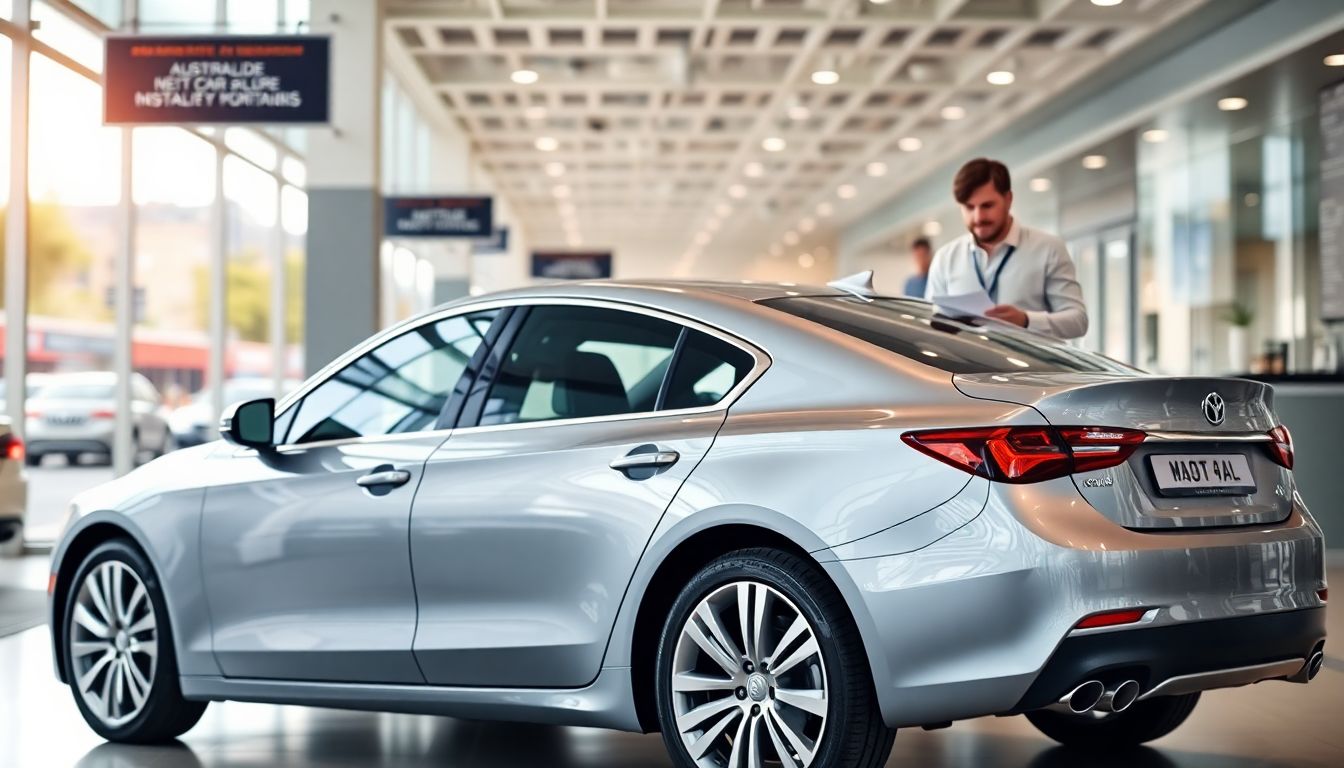Picture this: You are on a fantastic trip with your family on Australia’s scenic roads. All’s well until suddenly, a kangaroo jumps out, and you hit the rental car! Yikes! Now, unauthenticated repairs and stress come your way. Getting rental car insurance wades you through such financial turbulence. This guide explores rental car insurance and helps you travel carefree. When renting cars in Australia, there are various types of insurance policies to consider.
Understanding Rental Car Insurance in Australia
The meaning of rental car insurance comes with a punch. It protects you whenever a mishap happens to the rental car. Let us now look at what it is and what it does.
What is rental car insurance?
Rental car insurance is a type of coverage for when damage occurs to a rental car, which may or may not be due to the fault of the renter. Rental car insurance differs from regular car insurance in that it applies only to the rented vehicle. Such insurance helps with repair or replacement costs. The first amount that you pay towards any claim before the insurance pays for the rest is referred to as the excess or deductible. Thus, if you have an excess of $500 on your policy and the claim or repair bill is for $1,500, then you will pay the rental company $500, and the insurance will pay $1,000.
Why do you need rental car insurance?
Driving with scanty insurance is undoubtedly a risk. Accidents do happen. Some small bumps or big bangs can lead to huge repair bills. Then you have to contend with the dangers of theft and vandalism. Picture a mere bump that would cost about $3,000 in damages or having someone steal a rental car? It would all fall back in your lap without insurance to cushion the burden. So, rental car insurance protects your pocket.
Who needs rental car insurance?
Tourists are far more likely to need rental car insurance whenever they rent a car. Business travelers and those without their own personal car insurance may find it useful. If you are driving in unfamiliar territory, having insurance can only benefit you. It makes sense for absolutely anyone renting a car.
Types of Rental Car Insurance Coverage
Each rental company offers some combination of these different types of insurances, which cover a specific type of situation. Being aware of your choices is essential.
Collision Damage Waiver (CDW) / Loss Damage Waiver (LDW)
CDW/LDW applies to damage to the rental vehicle, with various exclusions. For instance, reckless driving may void the waiver. Also, self-inflicted damage to tires or windshields might not be covered. These damages may incur charges out of your pocket. Always read the fine print.
Third-Party Liability Insurance
Third-party liability insurance is for damage caused by you to another’s person or property. It will pay for repairs to their car when you hit another car. It can also take care of their medical bills in case of any injuries. It saves you from a world of trouble should you be found at fault.
Personal Accident Insurance (PAI)
PAI pays for medical expenses for both you and your passengers in case of an injury sustained during an accident. It may include cover for fatalities. Check with your existing health insurance if they cover these expenses to avoid duplicate payout.
Alternatives to Rental Car Company Insurance
Look around for other options; they may provide better value. Travel insurances, credit card perks, or even your own car insurance may have coverage.
Travel Insurance Policies
Usually, if you have travel insurance, it covers rental car excesses. It also protects against many other the kinds of events that could happen on a trip. Comprehensive travel insurance would prove to be more beneficial than standalone rental car insurance. It protects you more broadly.
Credit Card Insurance
Some credit cards give rental car insurance perks. There are limitations, however. Certain card types might be required. Rental period limitations might apply. There are also various claim processes. Call your credit card company for specifics.
Personal Car Insurance
Your personal car insurance might cover rental cars. Confirm that the policy doesn’t apply to rentals. It could affect your insurance premiums; be aware of that.
Choosing the Right Rental Car Insurance
Choosing the right insurance involves assessing your needs and comparing the policies. It’s also wise to read between the lines. Making an informed decision protects you best.
Assess Your Needs and Risk Tolerance
Take into account your driving experience, as well as the place of traveling and of course the budget allocated to it, since these three factors help determine your insurance needs. Risk tolerance is also considered: if you’re an extremely cautious driver, you’d probably require less coverage.
Compare Policies and Coverage
Insurance comparison is essential. Study rental company offers, travel insurance, and credit card benefits. Determine the excess amount. Check restrictions. Review coverage limits. Cost-per-protection ration optimal.
Read the Fine Print
Most of the time, read the terms and conditions. Know what are common exclusions and limitations. What if you drove through unsealed roads? Is there damage to the undercarriage? These matters are important.
A Making of Claim of Insurance of Rental Car
In case there is an accident, follow up the steps to file a claim. Document the incident, notify the rental firm and submit your claim properly. Following up ensures a smooth process.
Document the Incident
Evidence gathering at the scene. Taking photos of the damage. Getting a police report if necessary. Contact information from all involved. Good documentation speeds up the claim process.
Conclusion
In Australia, rental car insurance is important in obtaining peace of mind. Know the options and choose wisely. With good sense in decision-making, you protect against financial burdens and enjoy your travels without worry.




